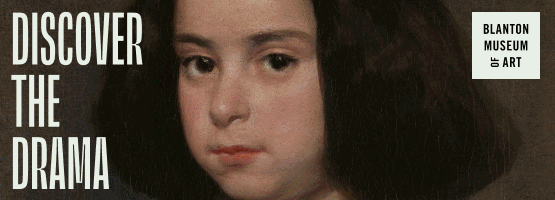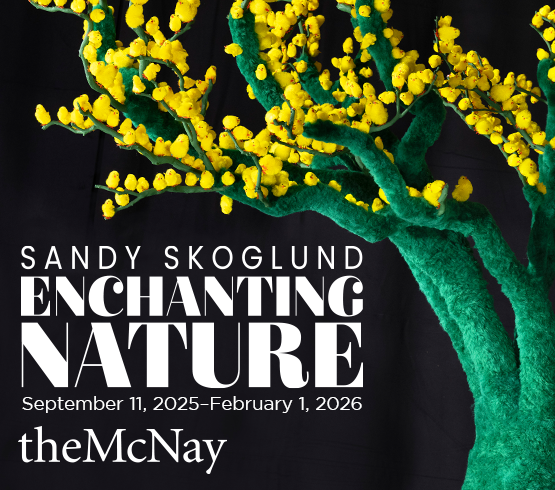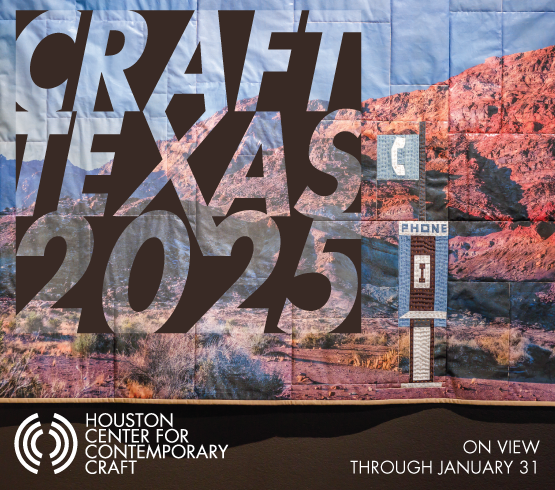Do you remember Princess Diana’s fatal car crash in 1997? How about the Fukushima nuclear accident of 2011? Florida’s 2000 presidential election recount, with its hanging chads? Or maybe something less dramatic, like that take-out container caught in the street gutter on your drive to work today?
“People have a feeling that they know a picture or something about a picture. But in actuality, we don’t. We make assumptions,” says internationally renowned artist Thomas Demand, who since the early 1990s has used colored paper and cardboard to recreate images from cultural consciousness, which he then photographs and prints at monumental scale. “I’m interested in the relation between the narrative of an image and the discrepancies,” he explains.
The MFAH is the only venue in the US to host the touring exhibition, which comprises a survey of the German artist’s career with more attention and depth than US museum goers have had access to in more than 20 years. For the Houston iteration, organized by Malcolm Daniel, the Gus and Lyndall Wortham Curator of Photography at the MFAH, exhibition visitors have the chance to experience four important areas of Demand’s work: large-scale photographs, smaller-scale “Dailies,” “Model Studies,” and stop-motion films. Site-specific photographic wallpaper punctuates the installation.

1 ⁄6
Thomas Demand, Control Room, 2011, chromogenic print, courtesy of Thomas Demand Studio. © Thomas Demand, VG Bild- Kunst, Bonn

2 ⁄6
Thomas Demand, Poll, 2001, chromogenic print, courtesy of Thomas Demand Studio. © Thomas Demand, VG Bild-Kunst, Bonn

3⁄ 6
Thomas Demand, Daily #15, 2011, framed dye transfer print, courtesy of Thomas Demand Studio. © Thomas Demand, VG Bild- Kunst, Bonn

4 ⁄6
Thomas Demand, Workshop, 2017, chromogenic print, courtesy of Thomas Demand Studio. © Thomas Demand, VG Bild- Kunst, Bonn

5 ⁄6
Thomas Demand, Vault, 2012, chromogenic print, courtesy of Thomas Demand Studio. © Thomas Demand, VG Bild-Kunst, Bonn

6 ⁄6
Thomas Demand, Pond, 2020, chromogenic print, courtesy of Thomas Demand Studio. © Thomas Demand, VG Bild-Kunst, Bonn
“We know how to read pictures,” he says. “We communicate with pictures and they become important tools for our identity and belonging as a part of society.”
And then there is the matter of paper.
“Everybody has an idea of paper,” says Demand. “It’s close to the body and to our daily experiences. In most instances, it’s either for keeping memory, like in books, or it’s a temporary material, like the paper of a coffee cup—something just for the moment. I’m trying to connect to short-term and long-term memory, to hold onto something that is just nearly gone already. I am trying to capture a fragile moment with a photograph, and paper can help do that. Also, I can get paper wherever I am, so it’s a matter of practicality. It’s recyclable and it’s pedestrian.”
For example, Control Room (2011), a personal favorite, hums with the ominous feeling of sudden disaster, blank monitors and all. Clearing (2003) and Pond (2020) offer almost generic scenes of nature that our minds inevitably fill with specific personal experiences. Daily #15 (2011) depicts a crumpled disposable cup tucked into an opening in a chain-link fence, a scene so ubiquitous that viewers “recognize” it, with or without recalling a specific date and time of its occurrence.
He explains, “I’m always trying to have a specific view on things. I don’t want to talk about the blandness of the world. I want to talk about the images that guide us through life. They become like markers along the way. We share them, and we can communicate and connect through them. Things actually enter reality through photography.”
—NANCY ZASTUDIL





